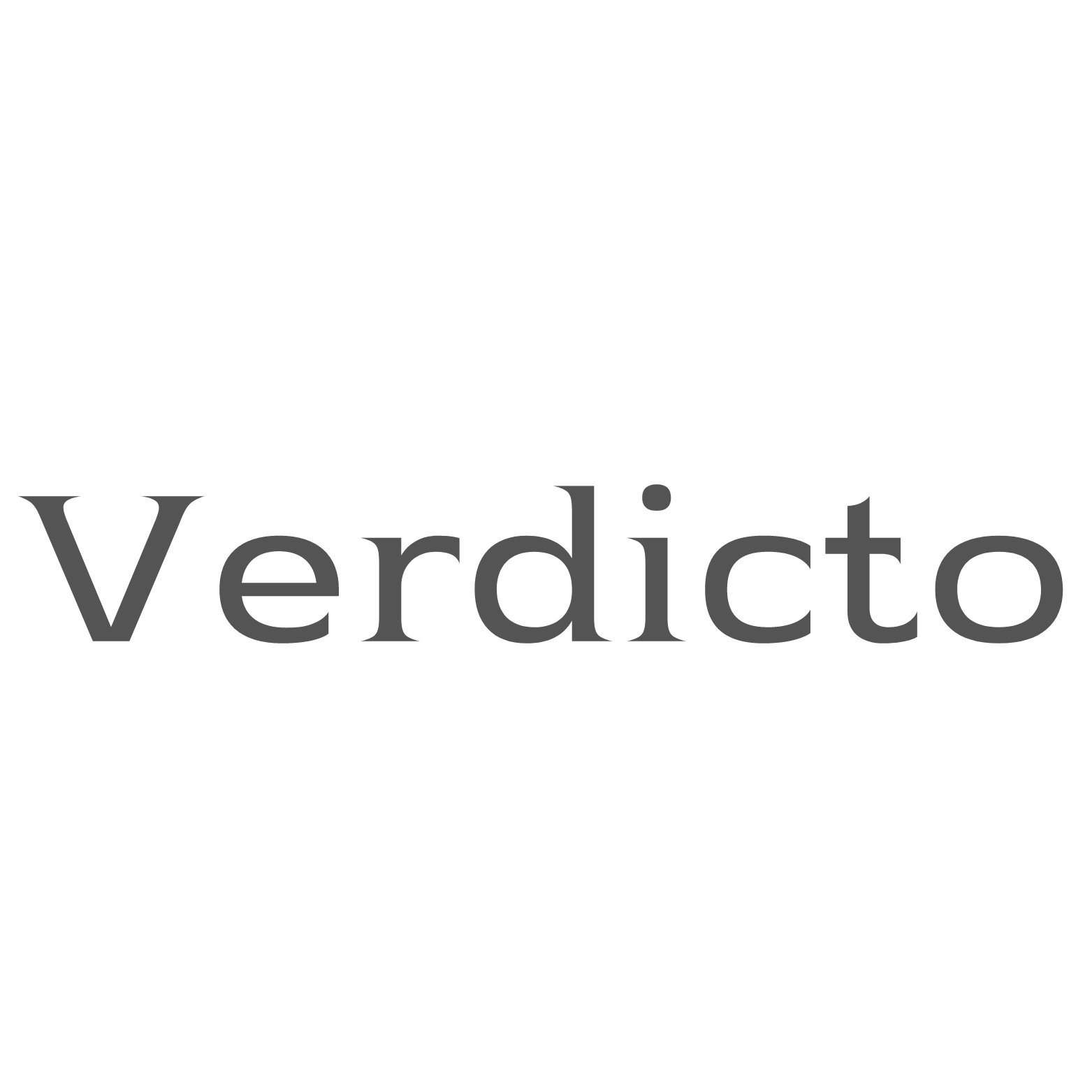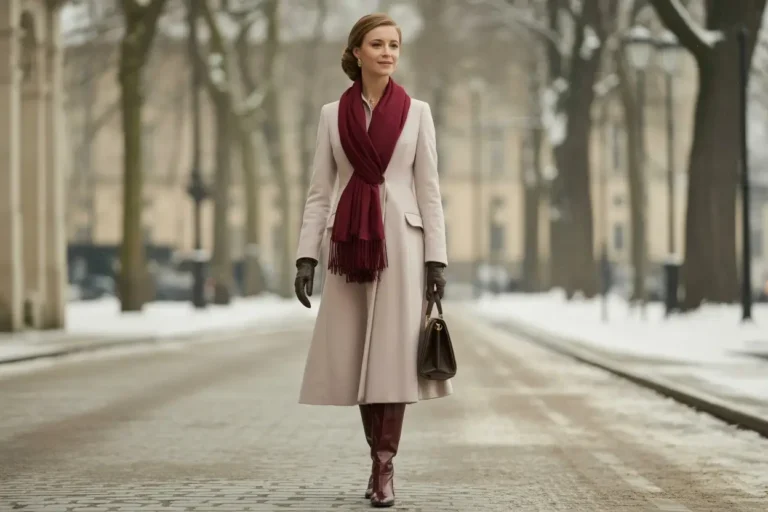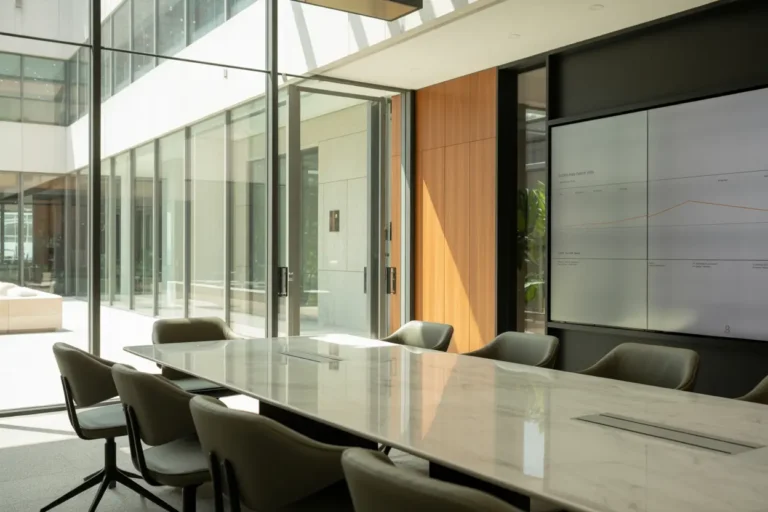The concept of legal aesthetics embodies the cultural representation of the legal profession, impacting our understanding of its role in society. Through the intricate correlation between law and literature, we come to realize that legal aesthetics hold a deeper significance beyond mere visual attraction; they also stir our emotions, ethics, and societal norms. By delving into this symbiotic relationship, we discover how legal imagery influences our shared awareness.
So, why does this matter? As we delve into the intersection of law’s visual culture and its emotional impact, we begin to understand how aesthetics can affect their experience of legal processes and outcomes. Law aesthetic is not just a passive backdrop; it’s an active participant in the theater of justice.
Functional Aesthetics in Law
As we explore the concept of “law aesthetic,” we acknowledge its role in shaping not just the appearance but the very function of the law.
Aesthetics of Law and Its Function

The way law is presented has a tangible impact on how it’s perceived and utilized. The function of aesthetic in law isn’t merely about visual appeal; it shapes the medium through which legal concepts are communicated and understood. For instance, a well-organized legal document with clear headings and bullet points can enhance comprehension and make the law more accessible.
The appearance of courthouses and legal documentation can also convey authority and the gravitas of the law. Visual symbols, such as the scales of justice, provide a universal language that signifies the balance and fairness that the law represents.
Challenges in Law Presentation and Interpretation
In considering the challenges that come with the presentation of law, we often find that appearances can both clarify and obscure. For example, the use of legal jargon can signal precision but may also hinder interpretation by those without legal training.
Interpretation is key to understanding and applying the law. However, the aesthetic elements can sometimes lead to misinterpretation if too much emphasis is placed on form over function. Accessibility becomes a challenge when aesthetic choices do not align with the needs of diverse audiences seeking to understand legal texts and processes.
The Impact of Technology on Legal Aesthetics

The fusion of technology and law is reshaping our understanding of law aesthetic, intertwining it with digital artistry and modern societal norms.
Digital Influence on Law and Society
We’re witnessing an unprecedented integration of digital technologies with legal practices that affects not just how laws are applied but also how they are perceived aesthetically. This amalgamation is giving rise to a new era in legal expression, where the visual representation of legal concepts through digital art mirrors the continually evolving tapestry of law and society. For instance, legal websites and virtual courtrooms now embed contemporary design principles that reflect the modern ethos of accessibility and user-friendliness.
- Technology: Use of sophisticated design software for legal documentation.
- Law and Art: Seamless blend of artistic elements in legal interfaces.
- Law and Society: Enhanced interaction between legal entities and the public through aesthetically appealing digital platforms.
The Role of Downloads and iOS in Law
The advent of mobile technology, particularly the proliferation of iOS devices, has significantly influenced the way legal information is consumed and interacted with. Downloads of legal documents, court rulings, and legislation via iOS apps have become commonplace, ensuring that legal knowledge is not only accessible but also presented in a format that adheres to the modern law aesthetic. It’s remarkable how these platforms have democratized access to legal resources, ensuring that they are available in just a few taps.
- Download: Easy access to legal documents and resources.
- iOS: Widespread use of Apple’s platform for legal applications and services.
- Technology: Integration of mobile tech in legal knowledge distribution.
By embracing advancements in technology, particularly in the digital realm, they are championing a more artistic, user-centered approach to legal interactions that resonate with today’s society.
Law in Literature and Writing
As we explore the “law aesthetic,” we consider how legal concepts are woven creatively into literature, revealing complex narratives and a deepened understanding of the law in society.
Narrative Analysis of Legal Texts
Legal texts often tell their own stories, embedding layers of meaning within statutes and case law. By applying narrative analysis to these texts, we discover how legal concepts evolve and are interpreted. Scholars like Geertz in “Local Knowledge: Further Essays in Interpretive Anthropology” emphasize the importance of context in understanding legal narratives, asserting that law can be seen as a form of storytelling that shapes cultural norms and values.
Law as Depicted in Modern Literature
Modern literature frequently reflects on the intricacies of the law, portraying it through various genres as a key element of societal structure. This representation extends beyond mere legal procedures to grapple with ethical dilemmas, character motivations, and the broader implications of justice. For instance, texts that discuss the law and literaturedynamic provide insights into the societal impact of legal systems and how they can both uphold and challenge the moral compass of a community.
Historical Perspective of Law Aesthetic

In exploring the law aesthetic, we uncover a tapestry where legal principles entwine with the humanist conceptions of beauty and the arts. This intersection reveals much about our cultural foundations and legal evolution over time.
10 needs for Law Aesthetic
- Tailored Suits: Elevate your legal style with impeccably tailored suits in classic colors like navy or charcoal, projecting authority and professionalism.
- Statement Blouses: Complement your suits with sophisticated blouses, adding a touch of elegance and femininity to the structured look.
- Power Heels: Stride into the courtroom with confidence in a pair of power heels, combining style and stature for a commanding presence.
- Structured Handbag: Carry your essentials in a structured handbag, marrying functionality with fashion to complete your polished ensemble.
- Pearl Jewelry: Opt for timeless pearl earrings or a delicate necklace, infusing a sense of refinement and grace into your overall aesthetic.
- Minimalist Accessories: Embrace minimalism with discreet accessories like a sleek watch or subtle bracelet, enhancing your look without overwhelming it.
- Sophisticated Eyewear: Frame your legal prowess with sophisticated eyewear, striking a balance between professionalism and modern style.
- Classic Timepiece: Adorn your wrist with a classic timepiece, a subtle yet powerful accessory that underscores your commitment to precision and punctuality.
- Neutral Tones: Embrace a neutral color palette in your wardrobe, from muted grays to sophisticated creams, exuding a sense of sophistication and timelessness.
- Confident Smile: Your best accessory is a confident smile – radiate assurance and approachability, embodying the essence of a legal professional with style.
The Intersection of Law and Art
Law and art have intersected since ancient times when legislators and philosophers like Vico pondered the aesthetic dimensions of legal thought. Vico’s writings illuminate the law aesthetic by suggesting that societies are shaped not only by their laws but also by their artistic and cultural expressions, underscoring the importance of recognizing the influence of the aesthetic in legal development. His work laid the groundwork for what would become the philosophy of law, which delves into the broader implications of legal texts beyond their immediate practicalities.
As an embodiment of societal values and philosophies, the aesthetics of law capture the zeitgeist of the era, with courtrooms and legal documents bearing the artistic hallmarks of their times. This shows a unique blend of functionality and artistry, where legal instruments serve both as tools of justice and works of art, reflecting the prevailing cultural ethos.
From Tradition to Political Theology
Moving through history, the aesthetic dimension of law became remarkably evident within tradition. Traditional legal practices often incorporated ceremonial elements, which accentuated the performative aspect of the law—a spectacle of power and principle interwoven with the threads of political theology.
Subsequent legal thinkers drew upon these traditions, framing the law within the context of political theology. This perspective considers how theological concepts have shaped our understanding of legal authority and governance, and it’s mirrored in the evocative symbolism found in legal rituals and the exalted language of law that still resonates within legal systems today.
The quest for justice has always been inseparable from their aesthetic pursuits, subtly influencing the legal realm through rituals, language, and the very conception of law itself.
My Opinion why Law Aesthetic is important
Law aesthetic holds profound importance as it serves as a visual language communicating competence and dedication within the legal profession. The meticulously tailored suits, refined blouses, and power heels create a professional image that commands respect in the courtroom.
A well-curated wardrobe in neutral tones symbolizes impartiality, while subtle accessories like pearl jewelry and minimalist details strike a balance between authority and approachability. This aesthetic extends beyond attire; it embodies a commitment to precision and excellence. In a field where first impressions matter, law aesthetic becomes a tool for self-expression, instilling confidence in clients and peers.
It underscores the gravity of legal proceedings, emphasizing the significance of one’s role within the justice system. Ultimately, a thoughtfully crafted law aesthetic is not merely about style; it’s a visual manifestation of the values and principles that define the legal profession.
FAQ – Law Aesthetic
What is the beauty of law?
The beauty of law lies in its capacity to bring order to society, safeguard justice, and uphold fundamental rights. It serves as a framework for fairness, providing a harmonious structure that ensures equality and accountability.
What things represent law?
Scales of justice, gavel, legal books, and a courthouse symbolize law. These iconic elements embody the principles of fairness, order, and accountability within the legal system.
What is the best color for a law office?
A subdued color palette is ideal for a law office, with tones like deep blue, gray, or olive green. These colors convey professionalism, stability, and trust, fostering a calm and focused environment for clients and legal professionals alike.
Are you interested in topics around law aesthetics? then you might be interested in my articles about lawyer aesthetics or lawyer fashion.
If you liked this blog post about the topic: law aesthetic, don’t forget to leave us a comment down below to tell us about your experience with it.





